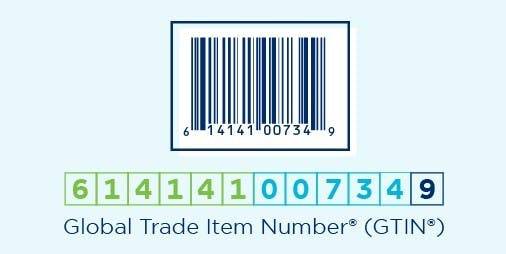Many small businesses and startups are conceived to bring new and unique products to market. Entrepreneurs often start by selling their products via local boutiques and company websites. However, to reach a wider audience and achieve greater success, you will need the bigger, broader sales channels and supply chain acumen of retail and e-commerce marketplaces to help you grow. Here’s what it takes to make that leap:
Establish credibility with major retailers
Before you can sell your product through a national retailer, you must sell it to them. In addition to pitching your product, you’ll have to pitch your company – and prove your ability to meet their requirements. Scale is an obvious point: do you have the production capacity to meet the retailer’s needs? If demand takes off, will you be able to meet it?
You also need to demonstrate your company’s credibility in a marketplace that utterly depends upon customer satisfaction – timely delivery, sufficient supply, reliable quality, and product authenticity. The gatekeepers will carefully vet new products and suppliers, so it’s important to work within an infrastructure that supports the retailer’s systems and reputation.
One key qualifier large retailers look for is the implementation of a standardized, global product identification system – you need a verifiable UPC barcode linking your product to your company. Considered the gold standard for product identification, the Global Trade Item Number (GTIN) from the not-for-profit standards organization, GS1 US, is a globally unique number encoded into a UPC barcode that also appears below the symbol’s black lines and spaces.
Understanding retailers’ barcode requirements
Barcodes allow retailers and supply chain partners to scan a product into their systems so they can record transactional events (like shipping and receiving) and facilitate efficient inventory management in warehouses and stores. The captured data helps trace the product’s location throughout its journey from the manufacturer to the consumer. The UPC in your online listing also helps make your product more discoverable in online searches.
Sonya Hernandez, founder of clean haircare brand Recover Restore Gro, took the advice of a RangeMe representative and obtained her products’ barcodes from GS1. “I wanted to make sure that my UPCs came from the original, the authentic, and the trusted source,” said Hernandez. “Because if I’m going to present my business in front of a company like Amazon or Ulta, I want to have the right company behind me that is verified.”
Retailers, laser-focused on customer satisfaction, are committed to preventing the sale of counterfeit products in their stores or on their sites. Many will only accept UPCs sourced directly from GS1. This assures authenticity and is an essential foundation for your company’s credibility with retailers and their customers. Codes purchased from third parties cannot be relied upon to identify your company as the verified brand owner accurately. A reused or invalid UPC purchased from a third party can lead to your product being delisted by an online marketplace and rejected by stores, adding to your relabeling and reshipping costs.
It’s easy to get a GTIN
Several options are available for obtaining UPCs that make it easy and affordable for any sized business. A single GTIN can be purchased for $ 30, so one new product can be qualified for retail sales without a heavy lift. If you plan to launch 10 or more products or product variations such as flavors, bundles, etc., you can create authentic GTINs in bundles of 10, 100, and other bulk quantities with a licensed GS1 Company Prefix.

Lisa Lane, founder of Rinseroo, an at-home shower cleaning and dog washing product, saw licensing her GTINs from GS1 US as a way to be ready for growth, including international expansion. “The importance of sourcing our GTINs from GS1 US was that we knew they would be useful for when we scale beyond local regions and into international markets.”
Stepping it up a notch
Compiling robust product information is another important step to prepare your product for growth. For example, Bear’s Breath, a growing brand of spicy ketchups, is committed to providing full product details and clean ingredient listings to elevate consumers’ perception of condiments. “In general, more grocery stores are noticing that customers are shifting their preferences and that there’s a nutritional awakening happening,” said Taylor Rausch, Bear’s Breath’s founder. “Being uniquely identified in the marketplace is the baseline entry for us.”
While the traditional, linear barcode is required, a newer, higher-tech alternative is also available that can add significantly more value to the entire supply chain. A two-dimensional (2D) barcode, such as a QR code with an embedded GS1 Digital Link, can carry exponentially more data than its linear predecessor to support interactive brand promotion, advanced analytics, and improved supply chain visibility. These web-enabled 2D barcodes can help enhance customer engagement by providing increased access to detailed product information like recipes, sustainable practices, and more. The opportunities are boundless, and the retail industry has committed to be able to scan 2D barcodes at POS in stores by 2027, in addition to the linear barcodes that are the norm today.
The post Hitting the Big Time: Are You Ready for Retail? appeared first on The RangeMe Blog.